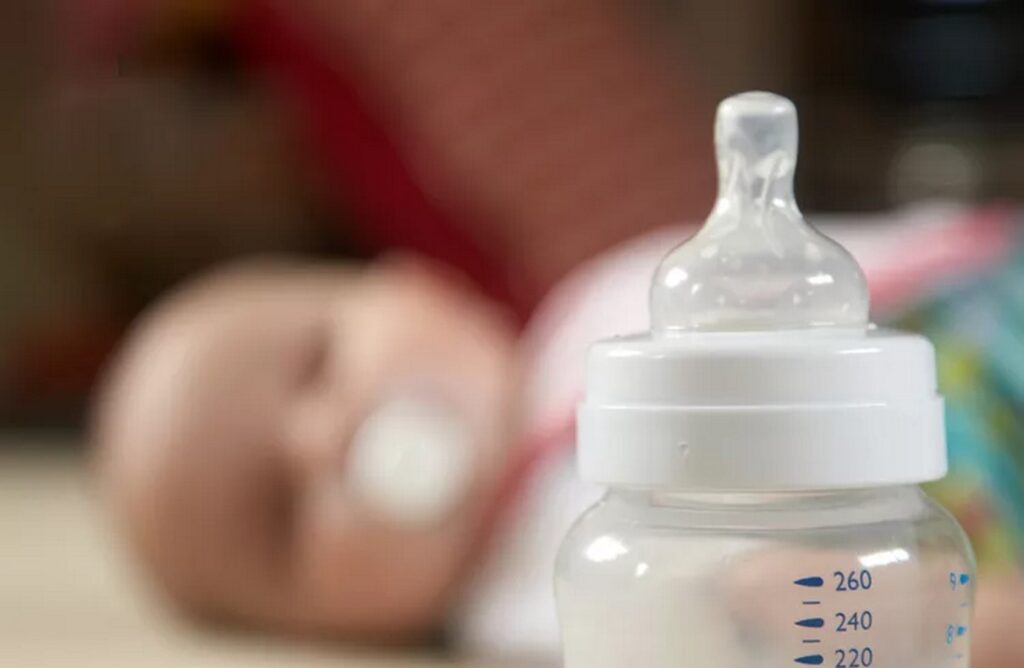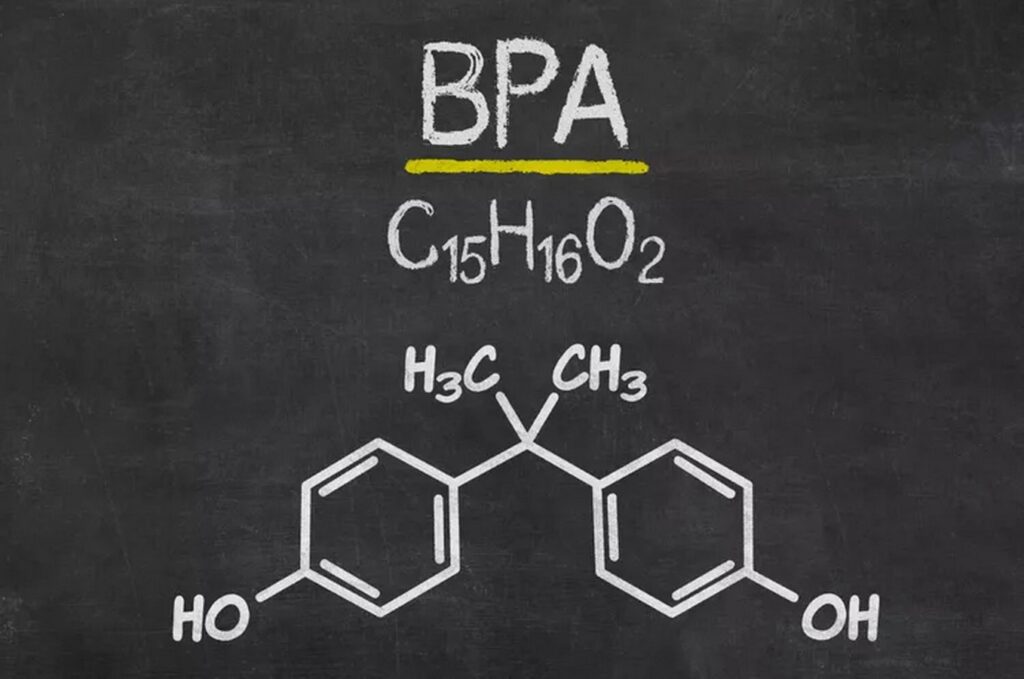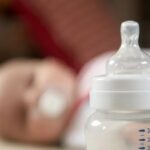Understanding the Impact of BPA on Animals and the Environment

Bisphenol A (BPA) is a chemical compound extensively used in various commercial products across diverse industries. Its colorless and soluble properties make it a common additive in manufacturing polycarbonate plastics and epoxy resins, particularly for containers used in storing food and beverages.

BPA’s Effects on Animals
Studies have identified BPA as a reproductive and developmental toxin in animals, as well as an endocrine disruptor. This means it can mimic the body’s natural hormones, interfering with their regular functions.
Although BPA is commonly associated with hard plastic products like reusable water bottles, it has permeated numerous everyday items. Formerly prevalent in infant products such as baby bottles and pacifiers, its usage has diminished. However, BPA exposure remains significant in canned food due to its presence in the protective plastic liners, posing a risk of leaching into food. BPA is also found in shatterproof windows, eyewear, bottle tops, water supply pipes, and even paper products like fliers, magazines, and thermal receipts.

Environmental Impact of BPA
BPA has adverse effects on the endocrine systems of wildlife when it enters the environment, particularly in regions with extensive plastic production industries. Research in China, a major plastic manufacturer, detected BPA pollution in water and surface soil samples from cities with significant plastic factories. This pollution poses a threat to aquatic vertebrates, fish, amphibians, reptiles, and birds, impacting entire ecosystems.
Furthermore, BPA pollution extends beyond plastic manufacturing areas to locations where plastic waste, containing BPA, is disposed of, including wastewater treatment plants and landfills. The highest concentrations of BPA have been found in landfill leachate and liquid waste from paper mills.

Alternatives and Regulations
Substitutes for BPA, such as bisphenol S (BPS) and diphenyl sulfone, may pose similar environmental and health risks due to their structural similarities. Research indicates genetic damage in pregnant female mice exposed to BPA or its alternatives.
While there are no federal bans on BPA outside of baby products in the United States, some states have implemented restrictions, and California has listed BPA as a reproductive toxicant. The European Union has strengthened limitations on BPA following new scientific data.

Conclusion
Despite assurances from regulatory agencies like the FDA regarding the safety of BPA in food packaging, concerns persist regarding its widespread exposure and potential health risks. Continued research and regulatory measures are necessary to mitigate the environmental and health impacts of BPA contamination.
















